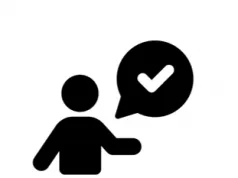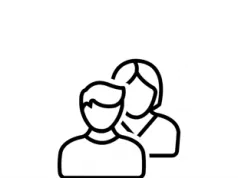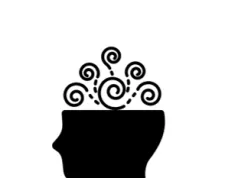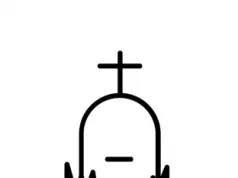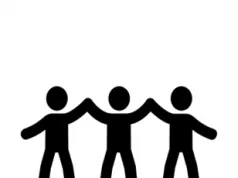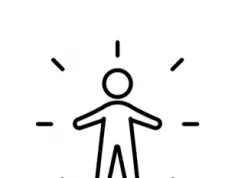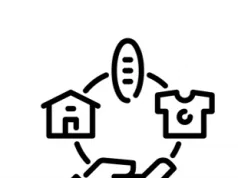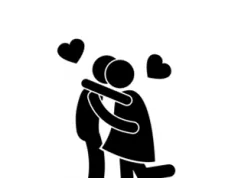Cognitive Behavioural Therapy (CBT) is one of the most popular types of talking therapy, and has helped a huge number of people with their mental health and overall wellbeing. It is commonly used for conditions like Depression and Anxiety.
It is always a good idea to have an idea on what to expect if you will be doing CBT soon. So, in this article we take a look at how CBT works, how sessions generally work and anything else relevant to the subject.
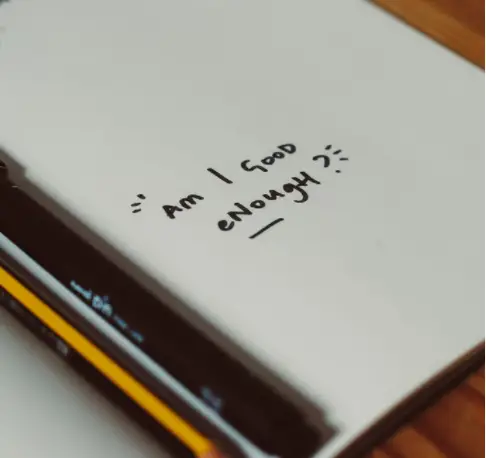
What is Cognitive Behavioural Therapy?
Cognitive Behavioural Therapy (CBT): CBT is a type of therapy that is used to treat a range of mental health conditions. CBT involves an individual talking face-to-face with a therapist, although sometimes CBT can be conducted in a group setting. CBT attempts to improve an individual’s wellbeing and mood. The therapy focuses on the link between thoughts, feelings and actions. This can be useful for those with low self-esteem, anxiety, unhelpful personality traits or intrusive thoughts. CBT can help an individual understand their feelings more, and in the long run should lead to an improvement in quality of life.
The 5 key areas of CBT
The idea behind CBT is to look at the problems you are currently facing and to then break them down into smaller areas. These areas are interlinked and affect one another.
Therefore, the idea is that a cycle can develop which makes your mental health worsen, with one area getting worse because of another. The aim is to break this cycle.
The five areas are:
- Thoughts
- Feelings
- Actions
These are underpinned by the last two areas:
- Situations
- Emotions
Example of a vicious cycle
We mentioned above about the potential vicious cycle that can develop, which CBT attempts to stop. An example could be if a situation like the end of a relationship. This may bring on thoughts like you made a mistake, you were to blame and that your life will only worsen.
This may result in feelings of anger and disappointment. You may then have the action of withdrawing yourself from others and remaining in your home. You will therefore be stuck in a cycle where your thoughts continue to be negative, and so the cycle will repeat itself.
Working with your therapist
CBT is very structured, and involves the patient and therapist actively working together to find solutions to current problems. As mentioned, the focus is very much on current thoughts and feelings.
The aim is to stop the damaging thought cycles like the one mentioned above. The therapist will work with you to look at practical ways of breaking this cycle, with the aim of improving your immediate mood. By breaking the cycle, you should find that you become more positive and see an improvement in your mood.
While your therapist will check in with you at each session, the onus will be on the patient to be the one who makes the changes. The ultimate aim is for the patient to be capable of continuing with their life without the assistance of their therapist.
CBT can teach long-term coping techniques too like deep breathing techniques, which can help in the future. While relapse is possible, the aim is for this not to happen, should the patient continue to implement what they learned.
How do CBT sessions work?
CBT will either be undertaken on a one-to-one basis with a patient and therapist, or in groups. If you are offered group therapy, it is important to know that all those you will be in the class with will be in a similar situation to you.
While group therapy may sound daunting, there are actually several advantages to it, including hearing the experiences of others, working collaboratively and more sessions. You can read more about group therapy at this link.
Regardless of being single or group therapy, sessions normally take place in a medical clinic or local community centre. You will continue to meet with your therapist – generally on a weekly basis for a couple of months. Though this will be communicated to you by your therapist.
What to do if CBT doesn’t work?
Unfortunately, CBT will not work for everyone. The circumstances of each person will differ from one another. This means that some people will be better suited to a different type of talking therapy.
We have an article that looks in detail at what to do if CBT doesn’t work. This includes trying different types of talking therapy, considering medication, or some self-help ideas. You can read this article at this link.
Summary
Overall, CBT is a very popular type of talking therapy which helps many people. While it isn’t a very demanding type of therapy, you will be expected to work outside of sessions to implement what you have learned.
CBT has the potential to be very effective, and has led to improved mental wellbeing for many people. Some will even carry on the techniques learned in CBT for many years. If you wish to read more about CBT, you can see our CBT section by clicking here.
Read Now
- Therapy Home
- Everything You Need To Know About Talking Therapy
- FAQ’s About Talking Therapy
- Cognitive Behavioural Therapy: Everything You Need to Know
- The Advantages and Disadvantages of Cognitive Behavioural Therapy
- 8 Things You Should Know About Cognitive Behavioural Therapy
- What To Do When Cognitive Behavioural Therapy Doesn’t Work
- 5 Criticisms of Cognitive Behavioural Therapy
- What is the Difference Between Cognitive Behavioural Therapy and Cognitive Analytical Therapy?
- How Does Cognitive Behavioural Therapy Work?
- What Conditions Can Cognitive Behavioural Therapy Help With?
- What is the Difference Between Cognitive Behavioural Therapy and Dialectical Behavioural Therapy?
Disclaimer
This website should be used purely for informational purposes, and does not intend to, nor should it ever, be used as a replacement for professional medical advice.
We strive to keep all of our pages updated, and ensure that our website is full of factual and in-depth information. However, we encourage you to browse this website with care.
As a reminder, this website and all content within it cannot and should not replace the advice of a trained medical professional. You can read our full disclaimer at this link.
Helplines
If you are struggling with your mental health, help is available. With the right support and treatment, you can make a recovery. For information on helplines, or if you are in a state of crisis, please visit our crisis page by clicking on the relevant link for your geographical location (United Kingdom), (United States), (International). You can also see how to get mental health treatment and the process involved by clicking this link.


